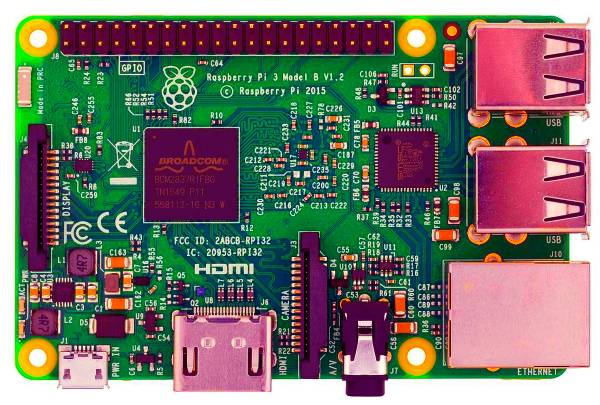You will also need a computer monitor, of course. One that's got either an HDMI cable or on analog, composite video output. As you can imagine, Raspberry Pi comes without a hard drive, because that piece of hardware would be much larger than the computer itself! This tiny computer uses an SD card to store data, so ensure that you have one that's got at least 4 GB of storage space.
Borrow an SD card reader from one of your friends, if you don't have one at home. You are only going to need it to set up Raspberry Pi, and then, one hour later, you can return it for good.
I assume that you will want to input some data into your tiny computer. This means that you will also need a USB-based keyboard and a USB-based mouse.
Finally, you will need a small power supply that is able to deliver 5V and 1A. Chances are your smartphone's power source is exactly what you need. Stronger power supplies are even better, of course; just make sure that they are able to deliver exactly 5 volts.
Now that you've got everything in place, it's time to install Raspberry Pi's operating system. There are several OSs that you can try, but my recommendation is to go with Raspbian. Download the latest version, and then unzip the file. Plug your SD card into the reader, and then connect it to the computer. Use an application like Win32DiskImager to convert the OS image into a format that's compatible with the SD card.
Let the application do its job, and then, when it's finished, unplug the card reader. Remove the SD card, and then plug it into Raspberry Pi's socket. Connect the mouse, the keyword, the HDMI cable, and the power supply.
Your tiny computer will turn on, and you will see it booting. Follow the instructions on the screen, and the Linux based OS will be installed. You now have a small computer that uses very little power and can be used as a media center, as an Internet browsing machine, and so much more.
But don't stop here! You already know that Raspberry Pi has been used to build thousands of different projects. Head over to one of the numerous Raspberry Pi projects sites (this one, for example) and see what you can do with it. Pick a project that looks like a lot of fun and start working. I guarantee that you are going to love it!
Service 3
Lorem ipsum dolor sit amet, consectetur adipiscing elit.
Service 4
Lorem ipsum dolor sit amet, consectetur adipiscing elit.
